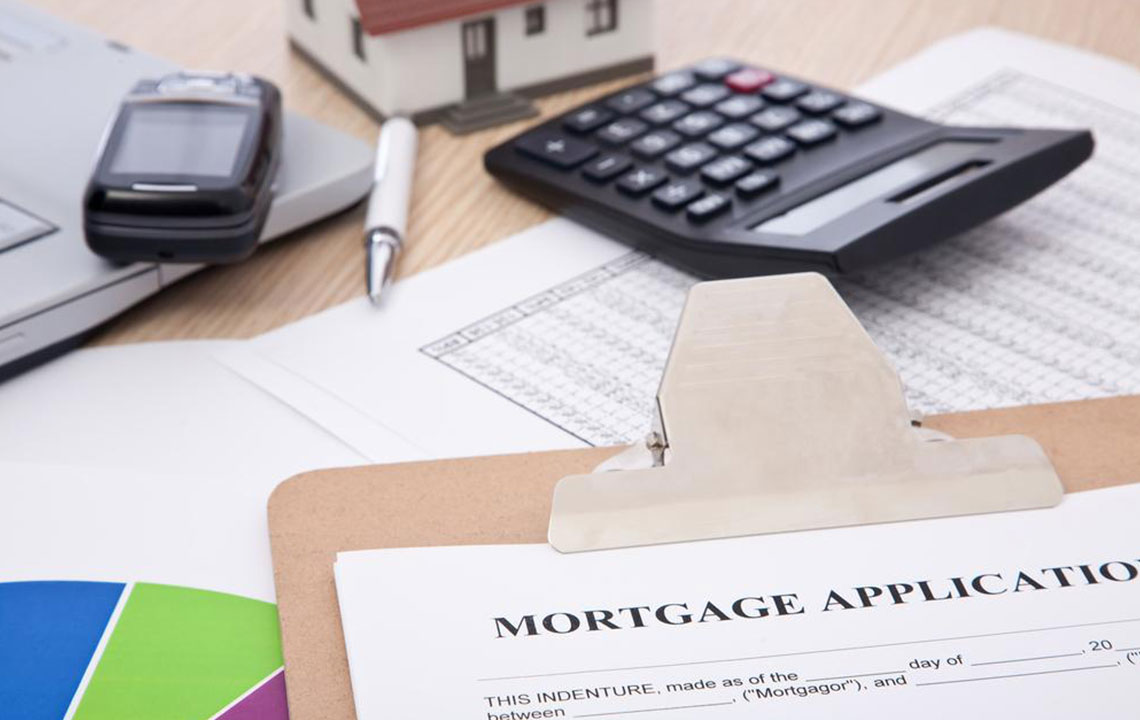Comprehensive Guide to Piggyback Mortgages: Benefits, Features, and How They Work
Discover the comprehensive guide to piggyback mortgages, including how they work, their benefits, drawbacks, and why they're growing in popularity. Learn how this financing option can help optimize your home purchase, reduce costs, and improve financial flexibility. Expert insights and practical tips for prospective homebuyers are also included to assist you in making informed decisions about your mortgage options.

Comprehensive Guide to Piggyback Mortgages: Benefits, Features, and How They Work
Navigating the complexities of home financing can be challenging for many prospective homeowners. Among the various options available, piggyback mortgages stand out as a strategic solution for those seeking to optimize their mortgage structure and manage their financial obligations more effectively. This in-depth guide explores what piggyback mortgages are, how they function, their advantages and disadvantages, and why they are increasingly popular in today’s real estate market.
Many homebuyers face difficulties when attempting to make a substantial down payment or when trying to avoid private mortgage insurance (PMI). Piggyback mortgages offer an innovative way to address these challenges by allowing borrowers to secure multiple loans against a single property. These are typically structured as subordinate, or junior, loans that run alongside the primary mortgage.
Understanding the fundamental aspects of piggyback loans is essential for any potential borrower considering this route. While they share many similarities with standard mortgages, piggyback loans come with specific characteristics that can benefit or pose challenges depending on individual financial circumstances.
Why Consider a Piggyback Mortgage?
Opting for a piggyback mortgage can provide significant advantages, especially for those aiming to reduce upfront costs, avoid PMI, or finance renovation projects. However, it's crucial to weigh these benefits against the potential drawbacks, such as higher interest rates on subordinate loans.
Before committing, consulting with a financial advisor or mortgage specialist is highly recommended to determine if this product aligns with your financial goals and situation.
Key Insights Into Piggyback Mortgages
Several defining features set piggyback loans apart from traditional mortgage options. Understanding these traits can help buyers make informed decisions and leverage the benefits effectively.
Tax Benefits: One of the most compelling reasons for choosing a piggyback mortgage is the potential for tax deductions. Since each mortgage can be treated separately in tax calculations, mortgage interest payments on the subordinate loan might be deductible, offering substantial tax savings.
Higher Interest Rates: Because these secondary loans are considered riskier—typically paid after the primary mortgage in the event of default—they tend to carry higher interest rates compared to standard mortgages. It’s important for borrowers to factor this into their overall financial planning.
Financial Flexibility: Piggyback mortgages are versatile and can be tailored to various financial needs. They are commonly used for funding home renovations, covering personal expenses, or enabling lower down payments, which can be particularly advantageous for first-time buyers or those with limited savings.
How Do Piggyback Mortgages Work?
Typically, a piggyback mortgage involves two loans—one primary, and one secondary—secured against the same property. The structure often looks like this: the borrower takes out a primary mortgage covering around 80% of the property's value, then secures a second, smaller loan to cover the remaining balance, often to avoid PMI or to meet specific financial needs.
For example, a buyer purchasing a home valued at $300,000 might put down 10%, borrow $150,000 as the primary mortgage, and then take out a secondary loan for the remaining $30,000. This setup enables the borrower to finance more with less initial cash outlay while minimizing additional costs.
Importantly, borrowers should evaluate the total cost of this arrangement, including combined interest payments, repayment terms, and potential refinancing options.
What Are the Main Reasons Behind the Growing Popularity of Piggyback Mortgages?
The rising popularity of piggyback loans can be attributed to several factors. Firstly, the approval process tends to be more straightforward since the property has already been evaluated by the lender during the primary mortgage application. Secondly, their ability to help buyers avoid or reduce PMI makes them attractive, especially in markets where home prices are rising rapidly.
Thirdly, the tax advantages associated with deducting mortgage interest on multiple loans increase their appeal. Additionally, flexibility in how funds are used enables buyers to finance various expenses, from property improvements to personal needs.
In today's housing market, where affordability remains a challenge for many, piggyback mortgages provide a strategic opportunity to secure favorable financing terms and achieve homeownership goals more efficiently.
Stay updated on mortgage developments. Follow us on Facebook and Twitter for the latest industry insights and expert tips.





